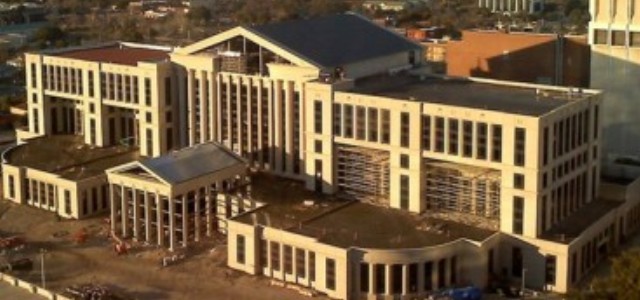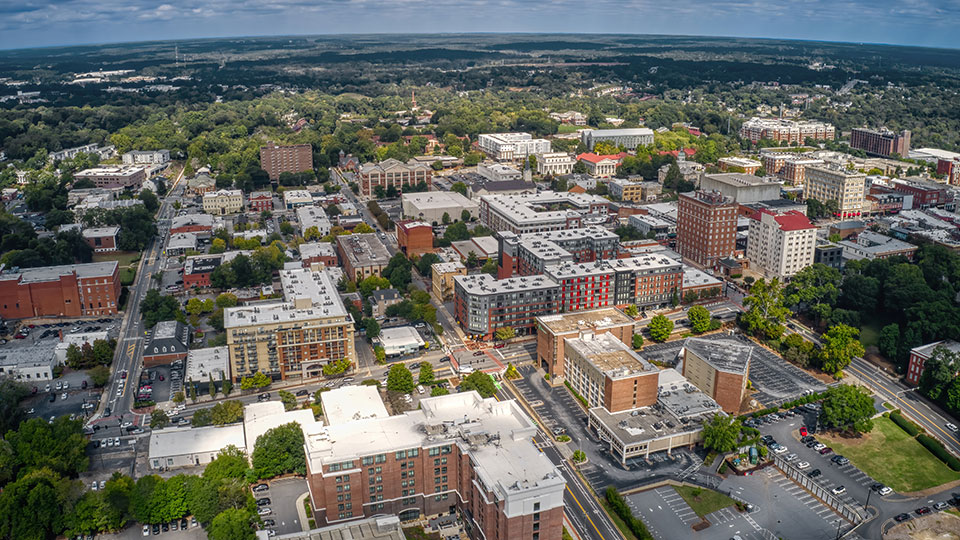
Delivering High Performance Buildings
Upon publication of this affirmative final determination, States are required to certify that they have reviewed the provisions of their commercial building code regarding energy efficiency, and as necessary, updated their code to meet or exceed Standard 90.1–2010.”
DATES: Certification statements by the States must be provided by October 18, 2013”
– United States Department of Energy, October 19, 2011
Today is the deadline given to States by the U.S. Department of Energy (DOE) to review and update their energy codes. There are many facets to the changes and they can be a source of confusion, but they can also be another way for you as a contractor to differentiate your business. Contractors who are aware of these changes will be a great resource to the GC and have an opportunity to increase the scope of their work and their profit potential.
While today’s US DOE deadline won’t mean an overnight shift in every state, it is a great time to take a look at what is really happening when it comes to these changes particularly as it relates to insulation and the building envelope This infographic gives a quick summary of what we are seeing and we’ve explained it in more detail below.
THE PROBLEM
Let’s start by reviewing the problem. According to the DOE, buildings account for 39% of the total energy use and 38% of the total carbon dioxide emissions in the United States. Buildings use more energy than industry (33%) and they use more energy than transportation (28%) and while there are a number of sources of energy use within a building, heating and cooling is by far the biggest. That means that addressing heating and cooling costs through better insulation and air sealing one of the best ways to reduce US energy consumption.
THE TREND
With that in mind, the DOE is making a big push towards higher performing commercial buildings particularly though the use of continuous insulation and air barriers. But the reality is that is is not just the DOE pushing this trend. Here are four sources that are all influencing the trend to higher performance:
- DOE – As shown by the quote at the beginning of the article, the made a determination that the 2010 version of ASHRAE 90.1 generated 18% more energy savings than the 2007 code. As a result, the DOE has pushed States to review their energy codes and make sure they meet or exceed the standards laid out in ASHRAE 90.1-2010 (Note: the 2010 standard significantly ups the requirements for continuous insulation). Even with the DOE mandate, there are a number of reasons that the state codes won’t change overnight, but seven states (California, Illinois, Maryland, Massachusetts, Mississippi, Oregon and Washington) have already updated their codes to the new standard with more expected in the near future.
- LEED – Groups like the US Green Building Council (USGBC) who are influencing the design of many buildings are also pushing toward higher performance. LEED Version 4 will be released at Greenbuild in November also references ASHRAE 90.1-2010 as the standard for energy efficiency.
- Federal Buildings – In July of this year, the US DOE published a new rule requiring new federal buildings to meet the tougher 2010 ASHRAE standard. All buildings which design begins on or after July 9, 2014 will need to meet the requirement.
- Architects – Even in states or buildings that are outside of Federal or LEED requirements, we still see an increasing trend in higher performance buildings. Architects and Owners are more aware of the long-term financial and environmental benefits to constructing a better building and designing for higher performance.
THE IMPACT
There are a number of impacts that these changes have, but three of the largest are:
- More continuous insulation
- Better air and water barriers and
- A focus on products and systems that work together to protect the building
THE SOLUTIONS
While the trend toward higher performance is happening, exactly what it means for each and every market is different. That’s why L&W Supply is focused on being your partner in delivering solutions to these challenges. Our nationwide footprint means we have worked through these changing codes in markets across the country and we bring the experience with the building envelope that comes from being the nation’s number one EIFS distributor.
We also have dedicated resources that are focused on understanding these changes and working with you to help you know what this will mean for your business and we are working with leading manufacturers of products and systems that can bring solutions to the buildings of tomorrow.
THE BENEFITS
There is little doubt that building better buildings is better not just for the environment, but also for the occupants. Meeting the 2010 ASHRAE 90.1 standard would mean billions of dollars a year in energy savings for the country and it makes these buildings better places to live, work and play.
| Andy Callaway
Category Manager, Interior Walls |
Wes Hotchkiss
Category Manager, Exteriors |

L&W Supply Announces the Opening of Its Athens, Georgia, Location
Esteban Garcia manages the newest location CHICAGO – November 18, 2024 – L&W Supply, a nationwide distributor of interior building materials and construction supplies, has opened a new location at 316 Commerce Blvd., Athens, Georgia. Esteban Garcia manages the new location. Garcia joined L&W Supply in November 2021 as an outside sales representative through an […]

L&W Supply Announces the Opening of Its First Iowa Location in Cedar Rapids
Noah Burger manages the newest location CHICAGO – September 5, 2024 – L&W Supply, a nationwide distributor of interior building materials and construction supplies, has opened a new location at 1203 9th Street SW, Cedar Rapids, Iowa. Noah Burger manages the new location. Burger joined L&W Supply in 2021 after completing his Bachelor of Business […]